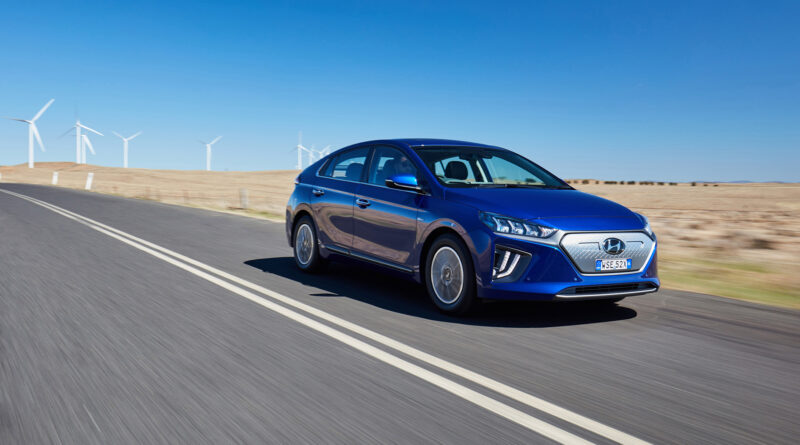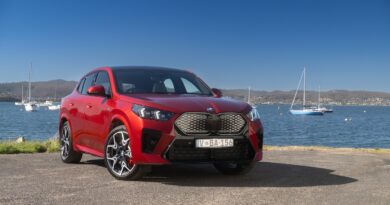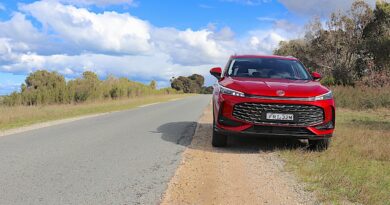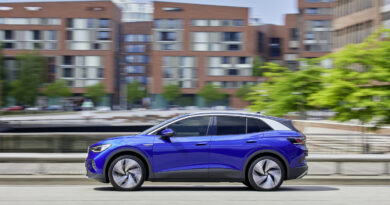2020 Hyundai Ioniq Electric Premium Review
Impressive Korean liftback proves a standout at the cheaper end of the EV market
Introduction
When Hyundai’s Ioniq Electric hit showrooms in late 2018 it was Australia’s cheapest pure EV. The five-door liftback’s cost was kept down as Hyundai went conservative with battery size and engine power, but there were trade-offs. Performance was hardly scintillating and a range of 204km did little to quell range anxiety.

Some 12 months later the Ioniq EV (and its hybrid and plug-in hybrid similarly-styled stablemates) have been given a makeover. Some styling tweaks are joined by welcome equipment and safety feature additions, but key for EV buyers are a more powerful 100kW electric motor and a 33 per cent leap in pure electric range thanks to an upsized battery.
The jump to a 311km ‘real-world’ range has seen an increase in Ioniq EV sales (well, before Covid-19 hit), but there’s been a price rise to cover that bigger battery bump. At around $53,300 (Elite grade) and $57,600 (Premium) to drive-away, prices are up some $3500, but keeps the Ioniq in the same ballpark as its Renault Zoe and Nissan Leaf rivals.
Value
We tested the range-topping Ioniq Premium. At $57,600 it’s a mighty investment for a Toyota Corolla-sized hatch/liftback. Ignore your EV leanings and similar money buys a range-topping Audi A3, Mercedes-Benz A250 or choice of in-vogue prestige small SUVs. More pertinently, you’re nudging into Tesla Model 3 territory.
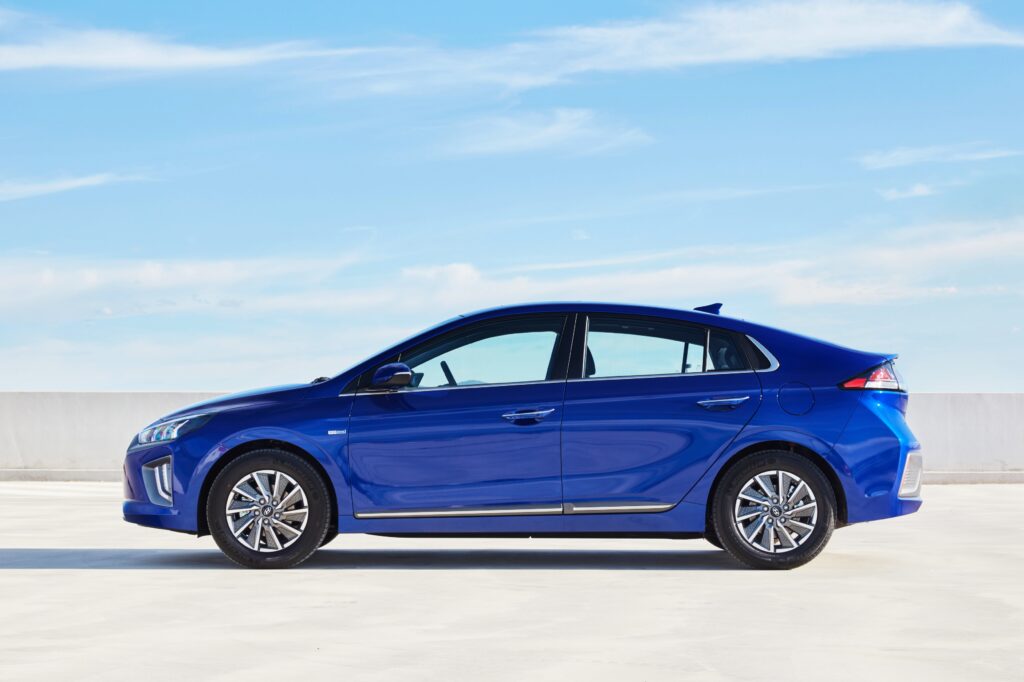
Hyundai’s badge may lack some cachet, but the Ioniq EV’s equipment is overflowing. The cabin isn’t dripping in luxe, but leather seating has a quality feel, there’s a widescreen 10.25-inch sat nav multimedia system, subtle ambient lighting and your touch-points are generally all soft plastics.
This being the Premium, goodies such as heated and ventilated front seats, heated steering wheel and power glass sunroof are your fancy extras.
Included is Hyundai comprehensive SmartSense active safety, auto headlights and wipers, LED lights all-round, Apple CarPlay/Android Auto, Infinity premium audio, wireless phone charging, smart cruise control with lane follow assist and a 7-inch colour driver instrument display.
Noted omissions include power for the front passenger seat, only single-zone climate control and no USB points for rear passengers.
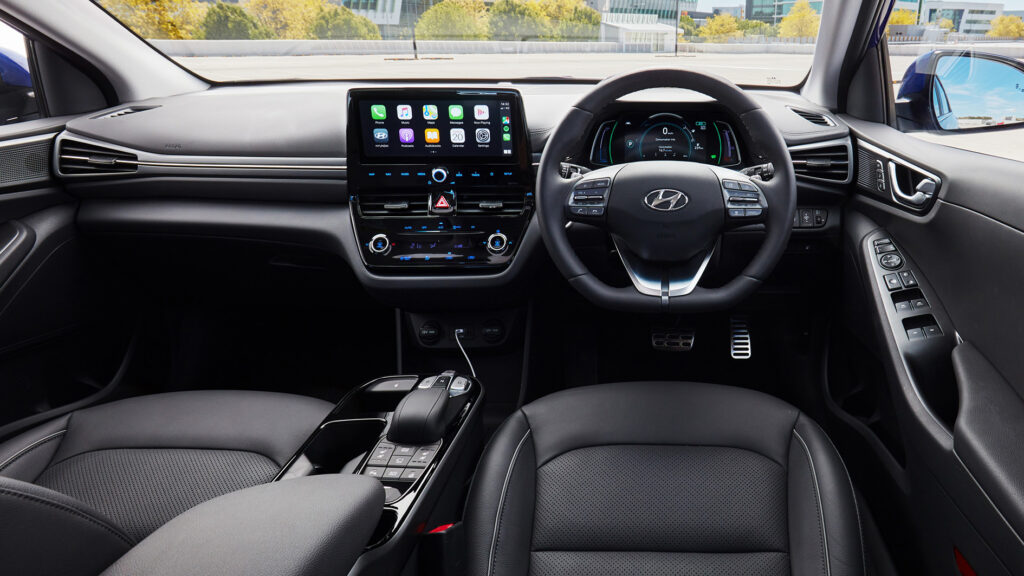
Inside
Hyundai has upped its game over the first Ioniq Electric effort, with the revised dashboard’s tablet-style multimedia looking far more in-line with the car’s price tag. Certainly it runs rings around its Nissan Leaf rival on the classy layout front.
Instead of physical buttons there are “capactive” touch controls (touch-only operations for your climate, menus and audio), while the media touchscreen is wide enough to allow decent split-screen functionality. It works well, is simple to customise and rivals the German premium brands for size, definition and speed.

Buttons to select Drive, Reverse and Park, plus an electric handbrake, leave ample space to store your personal electronic devices, coffees and even outdated things like coins and keys. Rather nicely, unlike most wireless charge pads where your phone sits flat and can move around during cornering, in the Ioniq your smartphone sits upright and at an angle so is more securely set while getting its battery boost. Clever.
Rear seats are typical for a small hatchback or sedan, meaning larger adults will feel some squeeze, but kids, for example, won’t have any complaints. The boot is also par for the course at 357L (a bit less than Hyundai’s i30 hatch), but the included In-Cable Control Box (ICCB) for 240V AC wall socket charging eats into the room if you decide to keep it there.
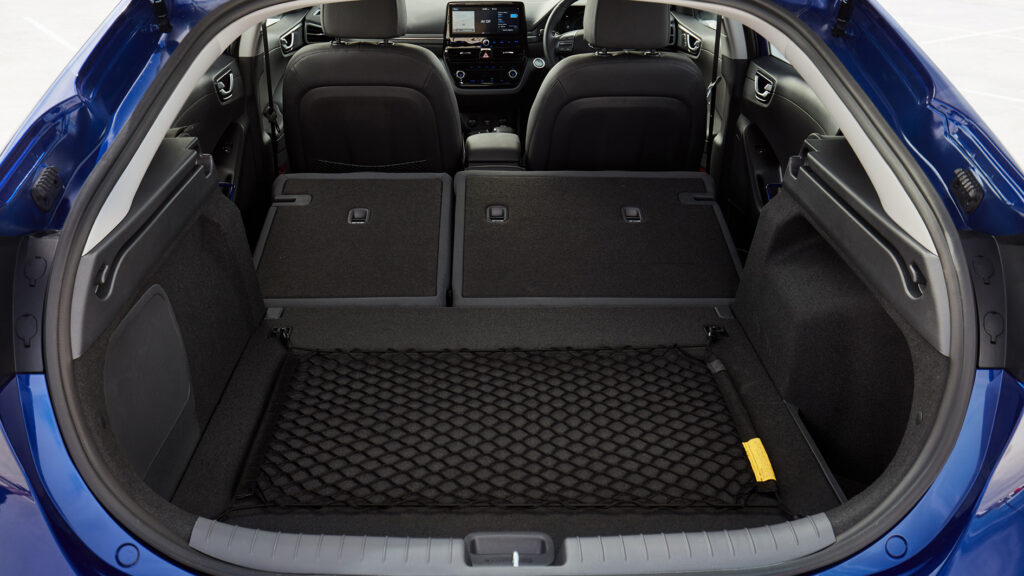
Performance and efficiency
Don’t expect fireworks on the acceleration front – Hyundai doesn’t (yet) offer a Ludicrous mode – but the Ioniq EV’s Sport setting does fire the five-door forward with pleasing pace, more so from standstill than when cruising. Leave it in least battery-draining Eco+ mode and things are far more tepid, but your range, of course, will thank you.
The large touchscreen has plenty of eco info to display, all easily accessed, with our accumulated drive info over 1358km showing an impressive 12.6kWh/100km. It also indicates energy consumption on each day the car’s driven, with our return being, for example, 22km at 11.1kWh/100km, 40km at 12.4, 157km at 11.7 and 98km at 12.7. All were “real world”, meaning air con on, radio blasting and kids often weighing down the back seats.
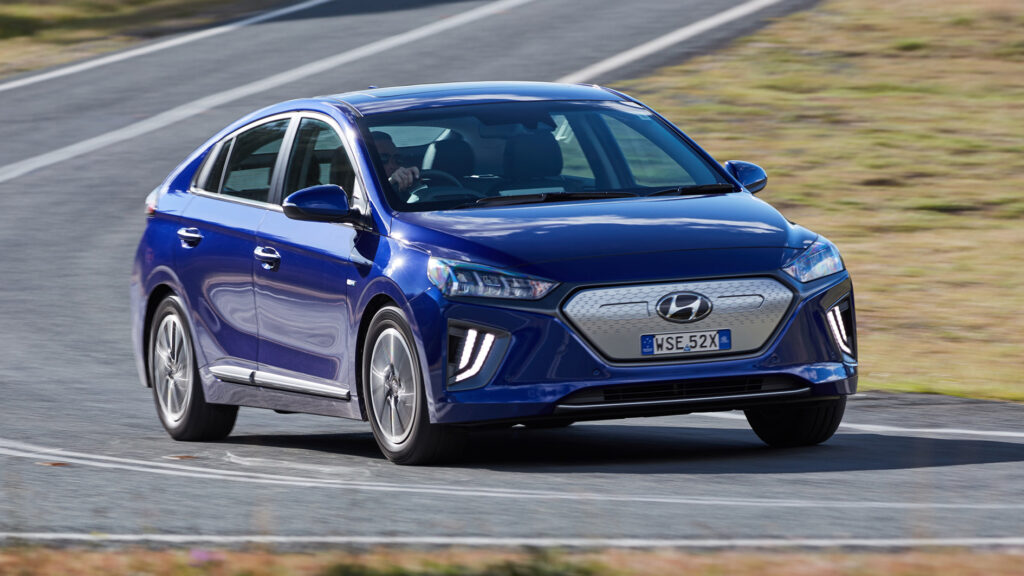
This 2020 Ioniq Electric uses a 38.3kWh battery for a range – that we actually bettered during test – of 311km (WLTP). That’s up from the 2019 version’s 204km (WLTP). Far more palatable a figure to most Australian buyers.
Charging
Range is up, but so is charge time thanks to a 37 per cent greater battery capacity. Find a commercial 100kW DC fast charging station and the Ioniq goes from empty to 80 per cent in 54 minutes through its CCS Combo plug. A 50kW fast charger completes the same in 57 minutes.
The on-board AC charger’s now up to 7.2kW, so a home wallbox gives a full charge in six hours and five minutes through its Type 2 charger. A domestic socket does the job in around 17 hours and 30 minutes.
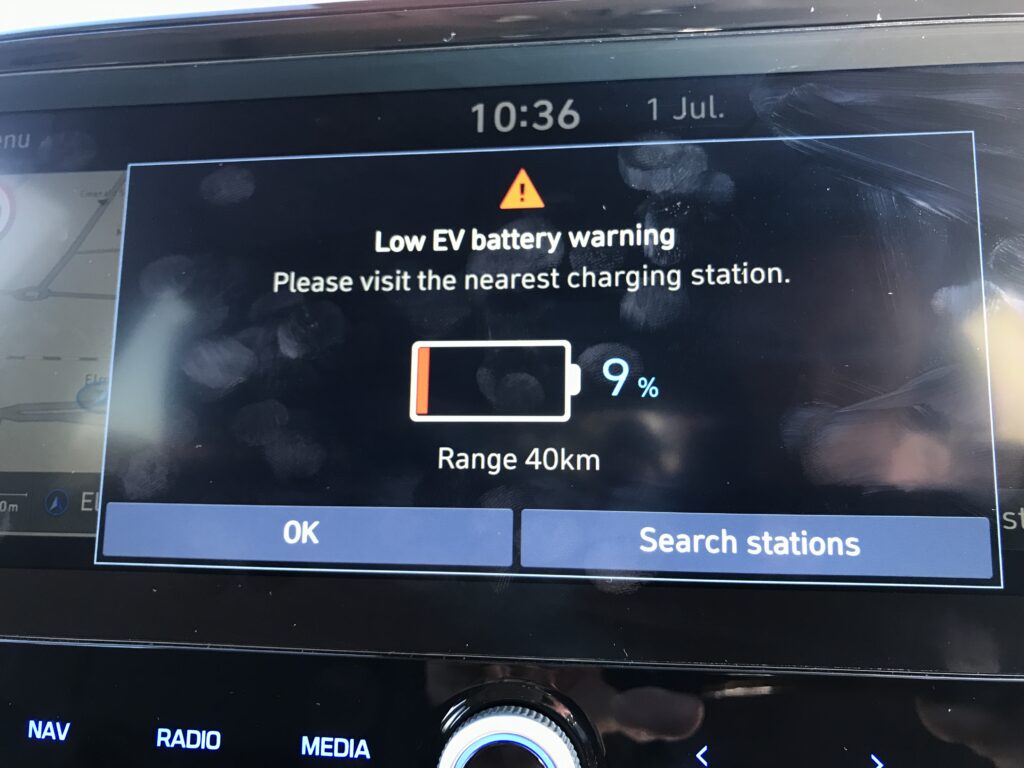
There’s an eight-year, 160,000km warranty on the battery, and Hyundai guarantees at least 70 per cent of the original capacity will remain after that time. Implementing a water-cooling system for the battery on 2020 cars means better temperature control and, one would hope, improved long-term durability. Vents in the front panel (replacing a grille) also open to allow extra cooling.
You can boost range by adjusting the amount of available regenerative braking, actioned by selecting levels 1,2 or 3 via a flick on the steering wheel paddles. The higher the number, the more the Ioniq brakes on throttle lift-off, and the more energy sent to the battery.
Once used to it, Level 3 is ideal for town use, and you can come to a complete stop by holding the left steering wheel paddle and not touching the brakes. Pull and hold the right paddle and you awaken Smart Regenerative Braking, where the car controls your regen braking in response to traffic ahead detected on the front sensor. Use this and the radar cruise control and it’s a pretty effortless drive experience in traffic.
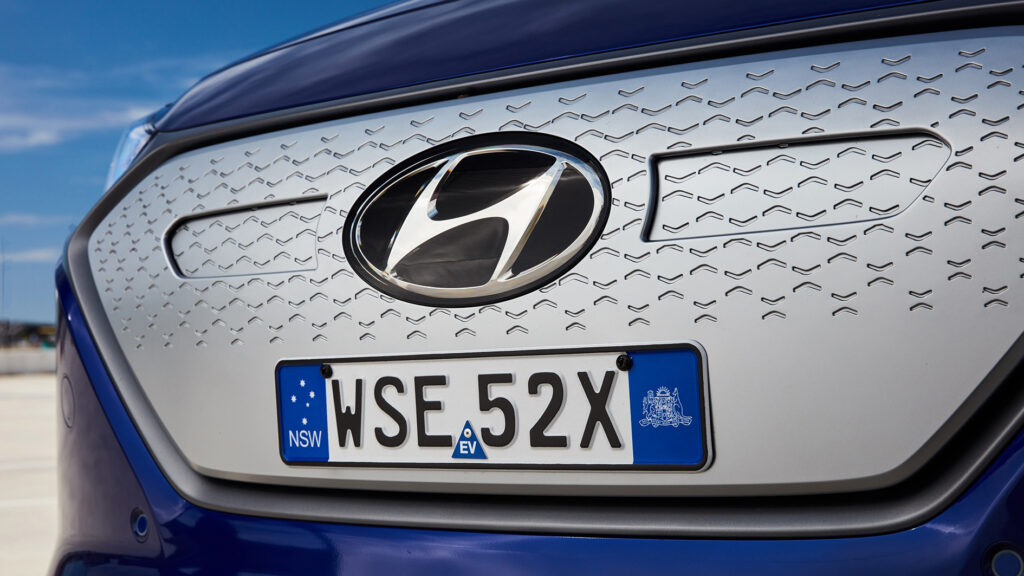
Ride and handling
Hyundai’s made giant strides in the last decade when it comes to setting its cars up for our roads, and its Australian-based engineers are a talented bunch. The 2020 Ioniq Electric’s had its chassis fettled for the new model year. It was never bad before, but apparently the tune aims for “a supple ride as well as a level of fun-to-drive not usually associated with eco vehicles.”
This sort of language is typically fluff, but in the Ioniq’s case it’s practically spot-on. Comfortable, decent at absorbing bumps and it only leaks a bit of wind noise into the cabin at highway speeds. So calming was the drive experience around town I was expecting a lot of its poise to disappear at first sniff of a corner.
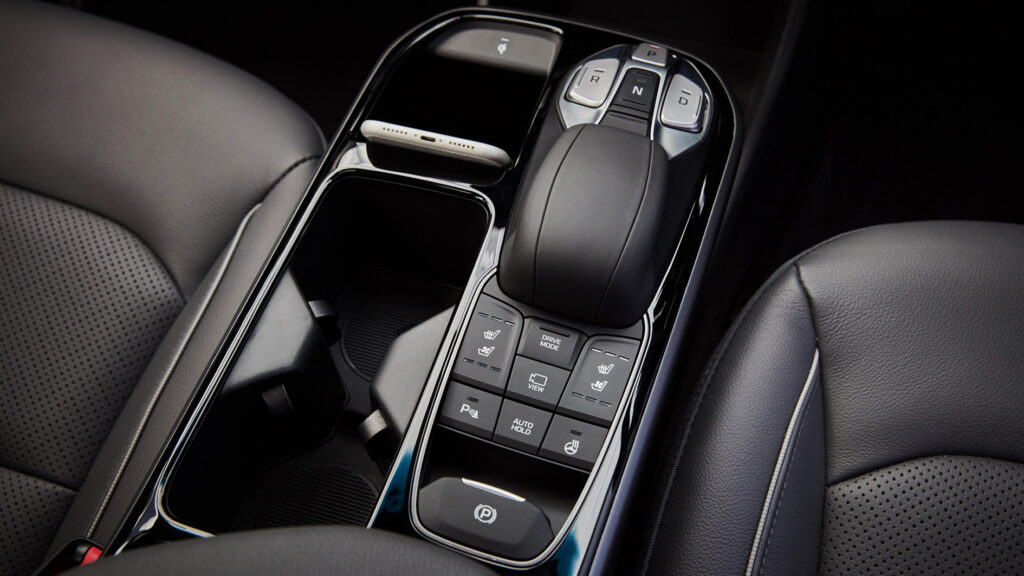
Not so. Yes, the centre of gravity’s low with batteries underneath, but the Ioniq shows a fun side on roundabouts and twisty turns that’s worth exploiting. It’s balanced, steering’s not half bad on the feedback front and the tyres hang on well. The grip level, even on a wet roundabout, inspired confidence and a strong sense of safety. Great job.
Party trick
If you’re buying an EV you won’t mind a bit of tech, and included with Ioniq EVs is Hyundai’s rather cool Auto Link Premium smartphone app.
A pre-installed module connects the car’s computer with your smartphone and as well as giving information such as your eco driving score and battery status, it serves as a remote control. You can pre-heat, cool down and defrost the car before going near it, all the while it remains locked.
Safety
A 5 Star Euro NCAP rating translates to the same score through our ANCAP, and the active safety list is long.
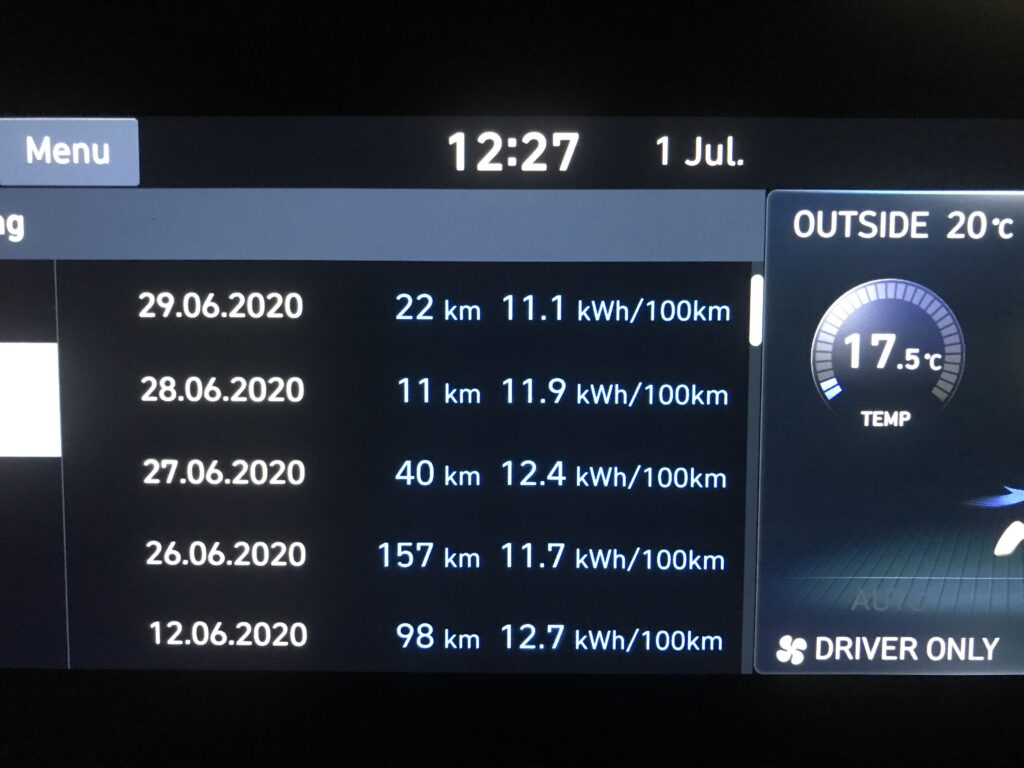
Included in Hyundai’s SmartSense is auto emergency braking, blind-spot warning, lane keep assist (which proved quite aggressive at times), rear cross-traffic warning and driver attention warning.
There’s an excellent rear vision camera to go with park sensors front and back, smart cruise control and auto wipers and lights. No spare tyre though, just a repair kit.
The verdict
The Ioniq’s neatest trick is how quickly you feel at home in EV world. The transition from petrol or diesel power to this full EV would be very simple indeed, not least with the more appealing 311km range from the 2020 model.
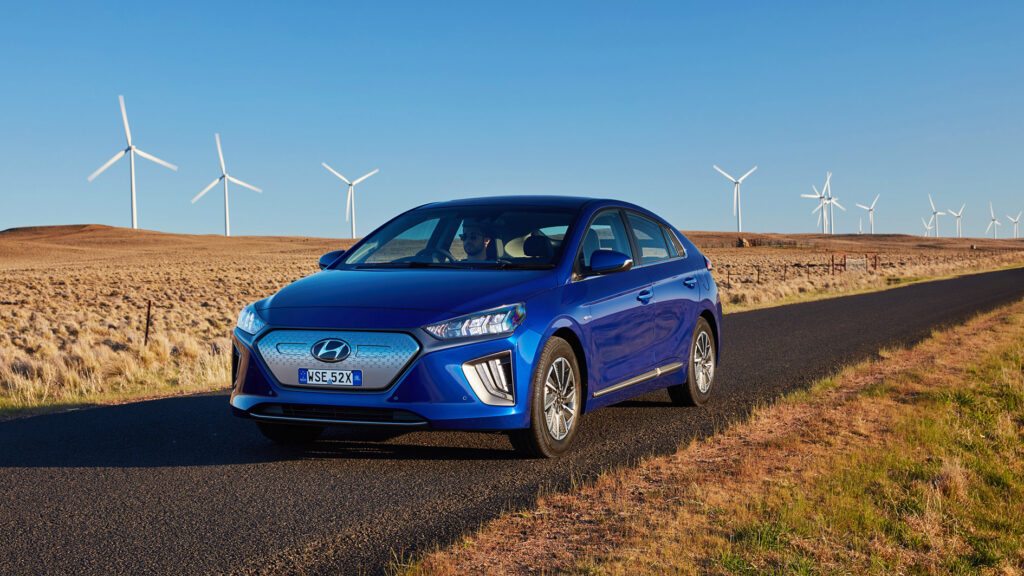
It’s comfortable, large enough inside, well presented in this pricier Premium grade and decent fun to drive. In isolation the $57,000 drive-away price feels expensive compared to small highly-equipped hatchbacks, but against closest competitor Nissan Leaf it feels every inch the better value zero emissions proposition.
2020 Hyundai Ioniq Electric Premium specifications
Price: About $57,600 drive-away
Basics: EV, 5 seats, 5 doors, liftback, front-wheel drive
Range: 311km (WLTP)
Battery capacity: 38.3kWh
Warranty: Five-years, unlimited km.
Battery warranty: 8 years/160,000km (guarantee of at least 70 percent of original capacity)
Energy consumption: 12.6kWh/100km (as tested)
Motor: 1 front 100kW/295Nm
AC charging: Up to 7.2kW, Type 2 plug
DC charging: 100kW, CCS Combo plug
0-100km/h: Approx.9 seconds

